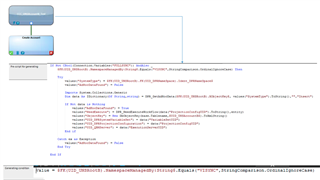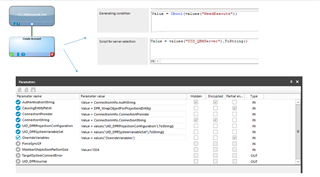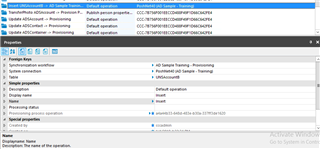Hi,
I want to Create Active Directory Accounts using the Powershell Connector with the OOB AD Sample.xml definition file in my Sync Editor Project.
Right now I'm able to execute the Full Sync, so the AD Accounts are under UNSAccountB but I can't Provisioning new acccounts to the Target System.
I've created a new custom UNSAccountB process for INSERT events and it's not being fired. When I run the Simulation in Designer the Process Step says "Not Generated".
Here's the Pre-Script for Generating and Generating Conditions:
The process step is a process task Projector Component - AdHocProjection with the Following Properties:
Also I've setup the provisioning process operation in order to execute the Sync Workflow for Provisioning:
I appreciate any help!
Thanks







